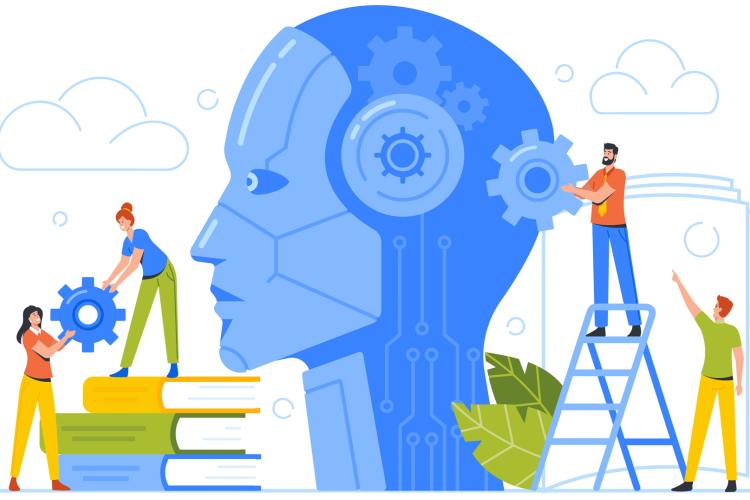In the rapidly evolving landscape of natural language processing (NLP), a groundbreaking approach known as Retrieval Augmented Generation (RAG) is capturing the attention. This innovative technology combines the strengths of retrieval-based methods and generative models to revolutionize the way computers understand, generate, and interact with human language. Let's talk about the details of Retrieval Augmented Generation and its future ramifications of NLP.
What is Retrieval Augmented Generation?
Retrieval Augmented Generation represents a combination of two distinct approaches to NLP: retrieval-based and generative models. Retrieval-based methods rely on retrieving relevant information from a predefined collection of text based on user queries, while generative models generate responses from scratch based on learned patterns and context. By combining these approaches, RAG achieves superior performance in understanding and generating natural language.
The innovation of Retrieval Augmented Generation is it's ability to integrate retrievals of relevant information into the generative process. In traditional generative models, the generated responses are based solely on the input provided to the model. However, in RAG, the model can improve the response by getting relevant information from a knowledge base. This improves the process, enabling the model to produce more informed, appropriate responses.
Why use Retrieval Augmented Generation?
One of the reasons Retrieval Augmented Generation implemented is its ability to query external knowledge sources to generated a relevant responses. Retrievals of relevant information from a knowledge base, RAG understands the external knowledge. This enables the models to produce an accurate, informative, and only a responses based on the knowledge base to respond to user's questions.
Retrieval Augmented Generation allows control over the output. This is accomplished by only retrieving context from the knowledge base, think of it as keeping the model within a specific subject matter. This makes RAG the best choice in chat applications where the answers need to be from a subject matter pertaining to specific context. This makes Retrieval Augmented Generation perfect for conversational agents, and question answering systems.
This technology offering a powerful framework for understanding and generating answers in human language. By combining both retrieval-based and generative approaches, RAG models is the choice if the response needs to be relevance, accuracy, and coherence.
Connect with us at Makers365 to explore how we can collaborate and innovate together.
